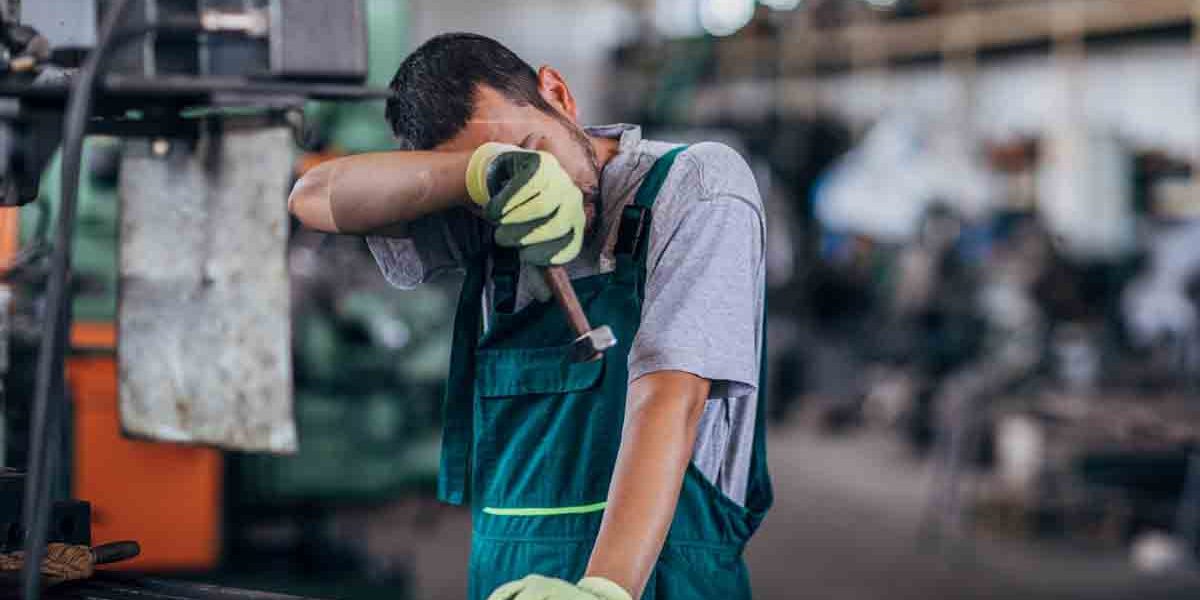
Cal/OSHA’s indoor heat illness prevention regulations took effect July 24, requiring employers to implement safety measures when indoor workplace temperatures reach or exceed 82 degrees Fahrenheit.
The new rules apply to most indoor workplaces, such as restaurants, warehouses and manufacturing facilities, and require employers to provide water, rest, cool-down areas and training when temperatures exceed the threshold.
The standard requires employers who have indoor worksites with higher temperatures to take immediate steps to ensure they are in compliance with the new rules.
Under the standard, most requirements for additional protections start at the 82-degree trigger, but additional ones kick in at 87 degrees. At that point, businesses would be required to take additional steps, when feasible, including cooling down the work areas, implementing work-rest schedules and providing personal heat-protective equipment.
Where workers wear clothing that restricts heat removal or work in high-radiant-heat areas, the additional requirements apply at 82 degrees.
Employers whose indoor workplaces may exceed the 82-degree threshold will need to create, maintain and make available to employees a heat illness prevention plan (HIPP), which all affected employees should be trained in and read. The plan covers all of the below.
When temperatures in an indoor workplace reach 82 degrees, employers must provide:
Access to water — You must provide access to potable water that is fresh, suitably cool and free of charge. The water shall be located as close as possible to work areas and cool-down areas.
Access to a cool-down area — You must provide access to at least one cool-down area, where the temperature must be kept at below 82 degrees.
The cool-down area should be blocked from direct sunlight, be shielded from other high-radiant heat sources and be large enough to accommodate the number of workers on rest breaks so they can sit comfortably without touching each other. The area should be as close as possible to work areas.
Cool-down rest periods — You should encourage workers to take preventive cool-down rest breaks and allow those who ask for a cool-down rest break to take one. Workers should be monitored for symptoms of heat-related illness when they are taking such cool-down rests.
Also, the standard requires employers to:
- Provide first aid or emergency response to any workers showing heat illness signs or symptoms, including contacting emergency medical services.
- Closely observe new workers and newly assigned employees working in hot areas during a 14-day acclimatization period, as well as all employees working during a heatwave.
- Provide training to both workers and supervisors in the HIPP and prevention measures.
The takeaway
The solutions for many businesses will be installing air conditioning that ensures that temperatures never exceed the 82-degree threshold in an indoor workspace. While costly, it can reduce the need for employers to take any additional steps to protect employees against heat illness.
However, while this may be a good option in smaller locations, it may not be feasible in larger facilities like warehouses and production operations due to costs and difficulty in cooling a large area.


